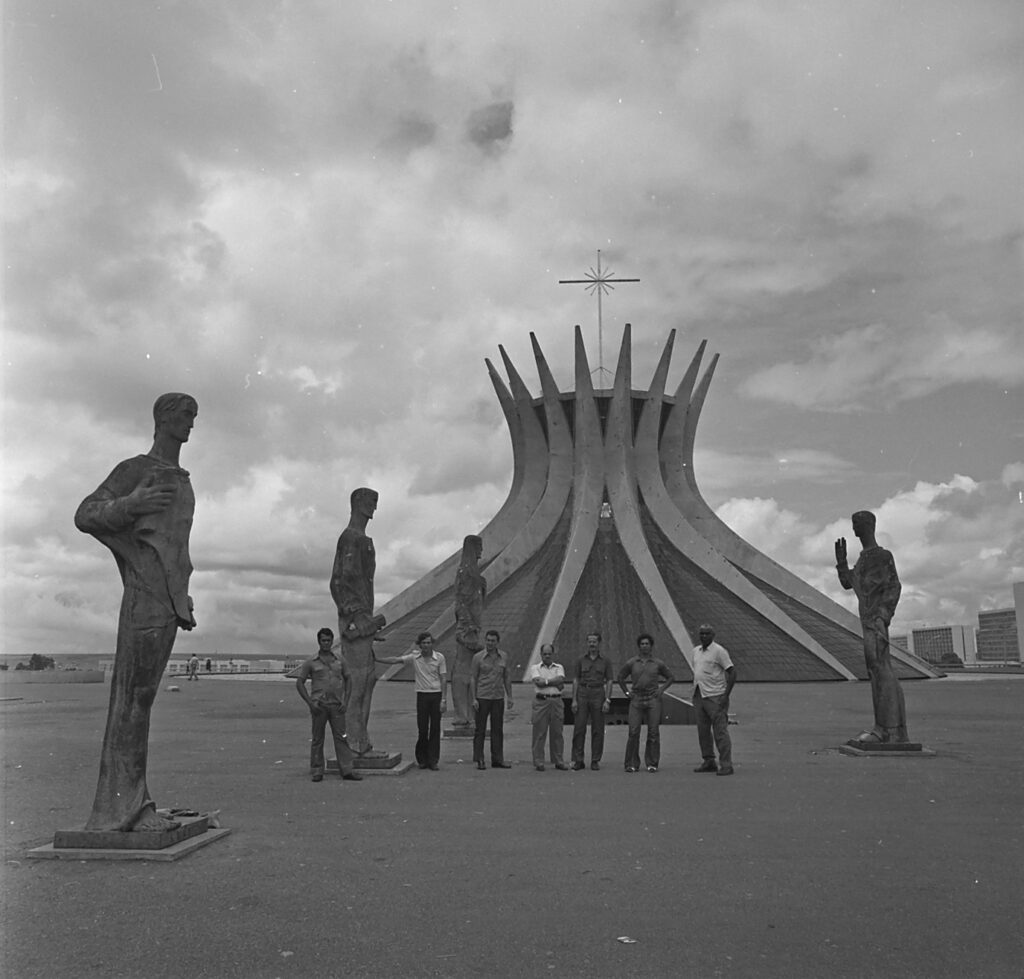Description
The Central Campus of th National University of México the Dean Tower
Abstract:
One of the most significant and visionary actions of the National Autonomous University of Mexico has been to build a University City. Due to the interest of the School of Architecture, two professors and well-known architects Mario Pani and Enrique del Moral were responsible for drawing up the Master Plan, and coordinating the teams of the 30 architectural projects, designed by over fifty architects. The construction was brought to a conclusion in a very tight timeframe of two years, 1950-1952. The Dean Tower, both for its location and its height, is the most notorious structure. The authors were Pani and Del Moral, associated with a younger architect, Salvador Ortega. It consists of a large ground floor platform, and the tower with twelve levels. Like the rest of the buildings in the complex, it shows an inclination towards the precepts of Le Corbusier, but it includes a search for national identity, with the inclusion of three exterior murals by David Alfaro Siqueiros.

Entrance to the Cathedral of Brasília (Oscar Niemeyer, 1958-70), with the sculptures of the Four Evangelists (Alfredo Ceschiatti, 1968. Photo 1974. National Archives Brazil. Wikimedia commons.
Modern architecture and figurative sculpture in Latin America
Abstract:
The integration of plastic arts into architecture had a vital role in the development of modern architecture in Latin America, shaped by a variety of circumstances and (not always concordant) approaches. The presentation focuses on a specific case: the presence of representational sculpture in abstract architecture. Although architectural practice was showing distinct perspectives, the critical and historiographical assessment of the problem of the integration of the arts into architecture somehow favored the ideal of stylistic homogeneity. I will point out that a notion of synthesis of the arts guided by the Baroque paradigm of iconographical unity seems to have subsisted as an interpretative category within modern criticism on Latin America’s architecture and fostered a bias against other possibilities of synthesis. These other possibilities, just tolerated by critics, are far from being irrelevant, and deserve to be reexamined in order to assert its modern significance.


